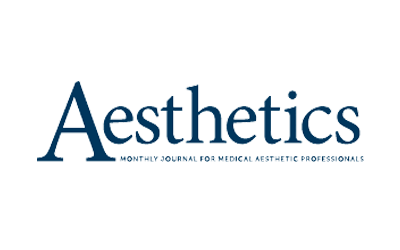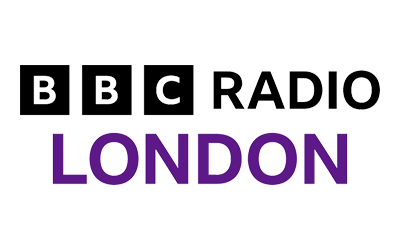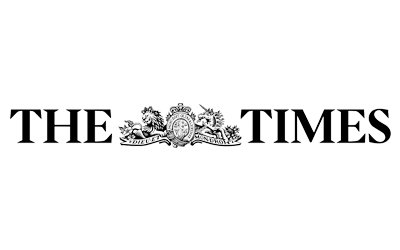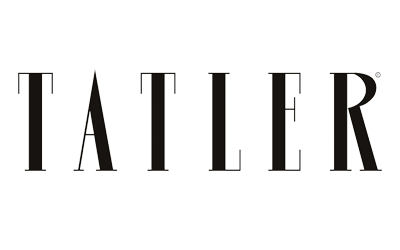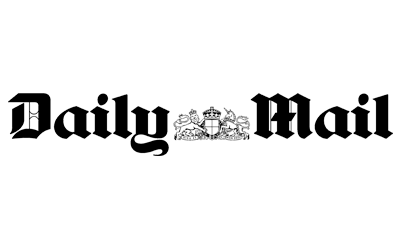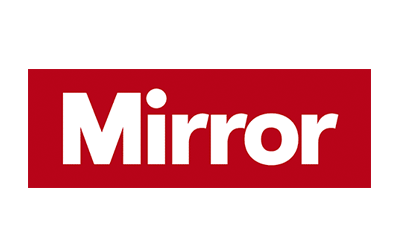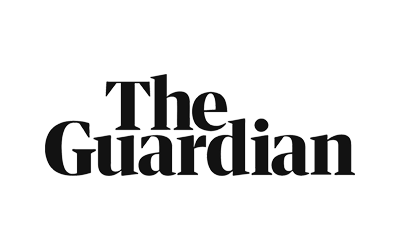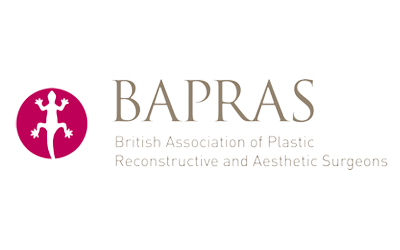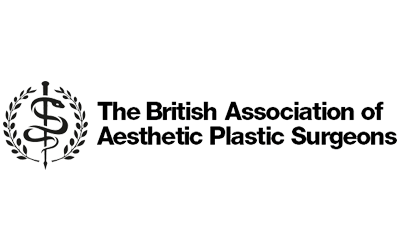Social media’s pervasiveness isn’t just impacting women and their body image – a recent study found that two-thirds of men felt that social media affected their body confidence, and one in five felt pressured to look a certain way.
As well as six-pack abs, a chiselled chest is seen as essential for achieving the perfect physique, but it’s estimated that up to 65% of men will suffer from gynecomastia at some point in their lives.
In our latest blog, we discuss gynecomastia and, particularly, precisely what is the difference between gynecomastia and chest fat. It’s important to understand that these two conditions are quite distinct in terms of their causes and treatments.
What is gynecomastia?
Gynecomastia is a medical condition characterised by the development of excessive breast tissue in males. This condition can affect men of all ages and is often attributed to an imbalance in sex hormones, particularly an increase in oestrogen levels relative to testosterone.
This hormonal shift often occurs naturally during puberty, and this is a common condition affecting adolescent males as they have higher than normal levels of oestrogen at this stage. The chest contour can often flatten out as the man enters his 20s, but this is not always the case.
Older men are often affected as testosterone levels drop. Certain medical conditions, such as thyroid problems or lifestyle factors, can also contribute.
What’s the difference between gynecomastia and chest fat?
The distinguishing feature of gynecomastia is the presence of glandular breast tissue, which can result in the appearance of swollen or puffy nipples. This can be accompanied by tenderness or pain in the affected area. Gynecomastia can be emotionally distressing and impact a man’s self-esteem, leading many individuals to seek medical advice.
Chest fat, on the other hand, is primarily a result of excess body fat in the chest area. It is not characterised by the presence of glandular tissue like gynecomastia but is simply a manifestation of overweight or obesity. Chest fat is a common concern for men who are overweight, and it can make the chest appear more rounded and fuller than desired. It is sometimes described as pseudo-gynecomastia.
A critical distinction between the two is that true gynecomastia involves an increase in breast tissue. It can affect men of all body types, whereas chest fat is primarily associated with excess body fat and is most commonly found in overweight individuals. Differentiating between these two conditions is crucial in determining the appropriate course of action for treatment.
What are the symptoms of gynecomastia?
The symptoms of gynecomastia typically result from the over-development of breast tissue in the chest. Key indicators of gynecomastia include:
- Swollen or enlarged breast tissue
- Tenderness or sensitivity in the chest area
- The appearance of puffy or protruding nipples
- Asymmetrical breast development (it may affect one or both sides)
- Men experiencing these symptoms should see their GP in the first instance as these may be a sign that they have an underlying health condition
What are the symptoms of chest fat?
Chest fat primarily presents as an accumulation of excess body fat in the chest area. The key symptoms of chest fat are:
- A soft, flabby appearance in the chest area
- A rounded or fuller chest shape
- No tenderness or pain associated with the chest fat itself
How is chest fat treated?
The first step should always be to adopt a healthy lifestyle to reduce body fat. This can be achieved by the following:
- Dietary Changes: Focus on a balanced diet with a caloric deficit to promote weight loss. Reduce the intake of processed foods, sugary beverages, and high-calorie snacks.
- Regular Exercise: Incorporate cardiovascular exercises and strength training to burn calories, build muscle, and promote fat loss.
- Targeted Chest Exercises: Engage in specific chest exercises, like push-ups and chest presses, to tone and strengthen the chest muscles.
However, it can be very challenging to spot reduce specific areas, and even when men are near or at their ideal body weight, they can be unhappy with the appearance of their chest. Also, as we age and lose skin elasticity, the skin on the chest can become stretched and does not snap back after weight loss.
Chest lipo and skin excision may be required to achieve a flatter, more contoured chest appearance.
How is gynecomastia treated?
The treatment of gynecomastia often involves medical intervention, depending on the underlying cause and severity of the condition. Here are some treatment options to improve the appearance of gynecomastia:
- Lifestyle Changes: If gynecomastia is associated with obesity or an unhealthy lifestyle, weight loss through diet and exercise may somewhat alleviate the condition.
- Medications: In cases where hormonal imbalances are the cause, medications may be prescribed to restore the balance between oestrogen and testosterone.
- Surgery: For severe cases of gynecomastia, surgical intervention may be recommended. This typically involves liposuction to remove excess fat, surgical excision of glandular tissue, and removing any excess skin.
Mr Alex Karidis is one of London’s leading gynecomastia surgeons renowned for his results. During your consultation, he will perform a complete physical examination and can advise you on what’s causing these unwelcome changes to the appearance of your chest. He will ensure you’re fully informed about which treatment best suits you, the potential complications and the results you’re likely to achieve.
Call 0207 432 8727 to arrange a consultation with Mr Alex Karidis to discuss your gynecomastia concerns.


